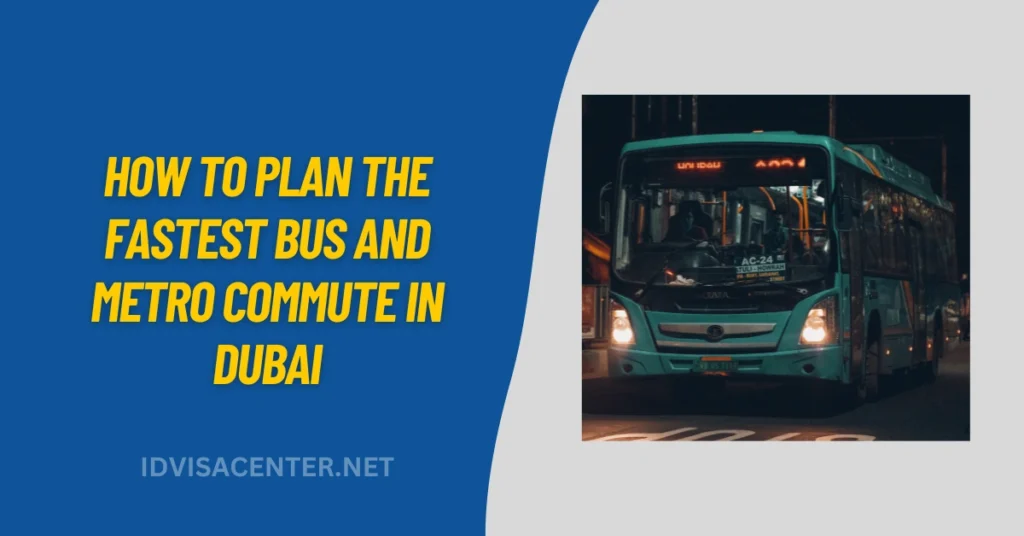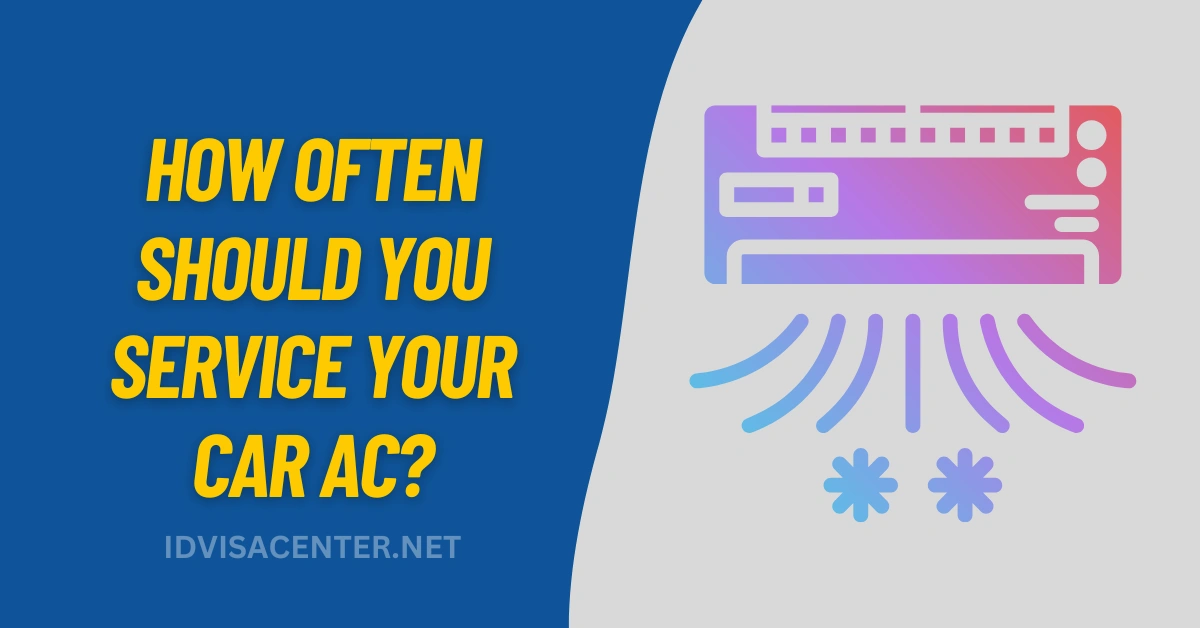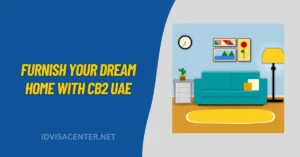How to Plan the Fastest Bus and Metro Commute in Dubai
Dubai’s rapid transformation into a global metropolis has been matched by the development of one of the world’s most efficient public transportation networks. Whether you’re a resident navigating daily commutes or a tourist exploring the emirate’s attractions, mastering the art of bus and metro travel can save you significant time and money while providing a comfortable journey through this dynamic city.

Understanding Dubai’s Public Transport Backbone
Dubai’s public transportation system operates as an interconnected network designed to move millions of passengers efficiently across the emirate’s sprawling landscape. At the heart of this system lies the nol card – your golden ticket to seamless travel across buses, metros, trams, and even water transport options.
The beauty of Dubai’s transport system lies in its integration. Unlike many cities where different transport modes operate independently, Dubai has created a unified approach where your metro journey can seamlessly connect with bus routes, trams, and water taxis, all using the same payment method.
Mastering the Nol Card System
Before diving into route planning, understanding the nol card system is crucial for optimizing your commute. This rechargeable contactless card functions similarly to London’s Oyster card or Hong Kong’s Octopus card, offering not just convenience but also cost savings compared to individual ticket purchases.
You can purchase nol cards at any Dubai Metro station, most bus stations, and major supermarkets including Carrefour, Spinneys, and Waitrose. For tourists and regular commuters, the Silver card offers the best value proposition, providing affordable access to the entire network.
The card requires a minimum balance of AED 7.50 and can hold up to AED 1,000 (or AED 5,000 after registration). Beyond transport, your nol card doubles as a payment method for RTA parking, making it an essential tool for comprehensive city navigation.
Strategic Route Planning with Dubai Metro
The Dubai Metro forms the spine of the city’s public transport network, featuring two primary lines that cover the most significant areas of the emirate. The Red Line connects Dubai International Airport with key districts including Downtown Dubai, Dubai Marina, and Business Bay, while the Green Line serves areas like Deira, Bur Dubai, and Dubai Healthcare City.
For the fastest commutes, timing your metro travel is essential. The system operates as the world’s largest driverless train network, ensuring consistent schedules and minimal delays. Trains typically run every few minutes during peak hours, but planning your journey during off-peak times can significantly reduce travel duration.
The fully air-conditioned carriages provide comfortable seating, making longer journeys pleasant even during Dubai’s intense summer months. When planning your route, consider that metro stations are strategically located near major shopping centers, business districts, and tourist attractions, often eliminating the need for additional transport connections.
From the northern emirates of Ajman, Umm Al Quwain and Ras Al Khaimah, the best routes to reach Dubai are E611 or E311. And from Fujairah on the east coast, you can take highway E84 then E102, which joins E611 near Dubai.
Bus services between other emirates and Dubai include:
- E100: Abu Dhabi Central Bus station to Al Ghubaiba Bus Station
- E101: Abu Dhabi Central Bus station to Ibn Battuta Bus Station
- E102: Musaffah Community Bus Station (Abu Dhabi) to Al Jafiliya Bus Station
- E201: Al Ain Bus Station (Abu Dhabi) to Al Ghubaiba Bus Station
- E303: Al Jubail Bus Station (Sharjah) to Union Square Bus Station
- E306: Al Jubail Bus Station (Sharjah) to Al Ghubaiba Bus Station
- E307: Al Jubail Bus Station (Sharjah) to City Centre Deira
- E400: Ajman Bus Station to Union Square Bus Station
- E411: Ajman Bus Station to Etisalat Metro Station
- E700: Fujairah Bus Station to Union Square Bus Station
All these services are operated by Dubai’s RTA. Fares cost AED25 per person one-way.
Optimizing Bus Connections for Complete Coverage
While the metro covers major corridors, Dubai’s extensive bus network fills the gaps, reaching virtually every neighborhood in the emirate. With over 100 routes operating 24 hours a day, buses provide crucial last-mile connectivity that makes car-free living genuinely viable in Dubai.
The key to fastest bus commuting lies in understanding route patterns and frequency. Major routes operate every 15-30 minutes, while some express services can get you to destinations faster than traditional routes. Bus stops are clearly marked with route information and real-time arrival displays, allowing you to plan your departure precisely.
All Dubai airports feature direct bus connections to various parts of the city, making public transport a viable option even for airport transfers. Routes intersect with metro stations, creating numerous opportunities for efficient multimodal journeys.
Inter-Emirate Connections for Regional Travel
Dubai’s transport efficiency extends beyond city limits through comprehensive inter-emirate bus services. These connections are particularly valuable for those living in neighboring emirates but working in Dubai, or for tourists exploring the broader UAE region.
The E-series buses connect Dubai with all other emirates at remarkably affordable rates – just AED 25 per person one-way. Popular routes include the E100 and E101 connecting Abu Dhabi Central Bus Station with Dubai’s Al Ghubaiba and Ibn Battuta stations respectively, covering the approximately 140-kilometer journey in about two hours.
For those traveling from Sharjah, the proximity to Dubai means journey times of just 20-30 minutes under normal traffic conditions, making cross-emirate commuting highly practical.
Complementary Transport Options
Dubai’s integrated approach extends beyond buses and metros to include several complementary services that can enhance your commuting strategy. The Dubai Tram operates around Dubai Marina and along Al Sufouh Road, providing crucial connections between the metro system and areas like Palm Jumeirah.
Water transport options, including the traditional AED 1 abra crossing Dubai Creek and modern water taxis, offer both practical transport solutions and unique perspectives of the city. The Dubai Ferry provides coastal routes that can be both functional and scenic for certain journeys.
The Palm Monorail, while requiring separate ticketing, connects Al Sufouh Road directly to Atlantis, The Palm, serving the numerous attractions along Palm Jumeirah.
Technology Integration for Real-Time Planning
Modern commuting in Dubai benefits significantly from technology integration. The RTA’s official apps and third-party navigation tools provide real-time information about service status, delays, and optimal routes. This technology allows for dynamic route planning, adapting to current conditions rather than relying on static schedules.
Many bus stops and metro stations feature digital displays showing arrival times, while the nol card system provides detailed journey history, helping you analyze and optimize your regular commuting patterns.
Peak Hour Strategies and Alternative Routes
Understanding Dubai’s traffic patterns is crucial for planning the fastest commutes. While public transport generally maintains consistent schedules, certain routes can become crowded during peak hours (typically 7-9 AM and 5-7 PM). Planning slightly earlier or later departures can result in more comfortable journeys and sometimes faster overall travel times.
Having alternative routes planned provides flexibility when unexpected delays occur. The interconnected nature of Dubai’s transport system means multiple routing options exist for most journeys, allowing you to adapt based on real-time conditions.
Cost-Effective Commuting Strategies
Beyond speed, the economic advantages of bus and metro commuting in Dubai are substantial. Regular commuters can benefit from understanding fare structures and planning routes that maximize the value of their nol card balance. The integrated payment system means no additional costs when transferring between different transport modes within reasonable time windows.
For tourists, the Silver nol card provides exceptional value compared to taxi services, while offering the added benefit of experiencing the city from a local perspective.
Future-Proofing Your Commute Knowledge
Dubai’s transport infrastructure continues evolving rapidly. The expansion of Al Maktoum International Airport, planned to become five times larger than Dubai International Airport and accommodate 260 million passengers annually, will significantly impact transport connections. Similarly, ongoing metro line extensions and new tram routes constantly improve connectivity options.
Staying informed about these developments through official RTA channels ensures your commuting strategies remain optimized as the network expands.
Practical Implementation Tips
Start by mapping your most frequent journeys and identifying the optimal transport combinations. Test different routes during various times to understand real-world travel durations versus theoretical schedules. Keep your nol card adequately funded to avoid delays, and consider keeping backup routes in mind for critical journeys.
Remember that Dubai’s public transport system is designed for efficiency and comfort. Air conditioning, comfortable seating, and reliable schedules make bus and metro travel a genuinely pleasant experience rather than a compromise.
The key to mastering Dubai’s public transport lies in understanding its integrated nature and leveraging the various options available. With proper planning and familiarity with the system, you can navigate this magnificent city efficiently, economically, and comfortably, whether for daily commutes or exploratory adventures.





